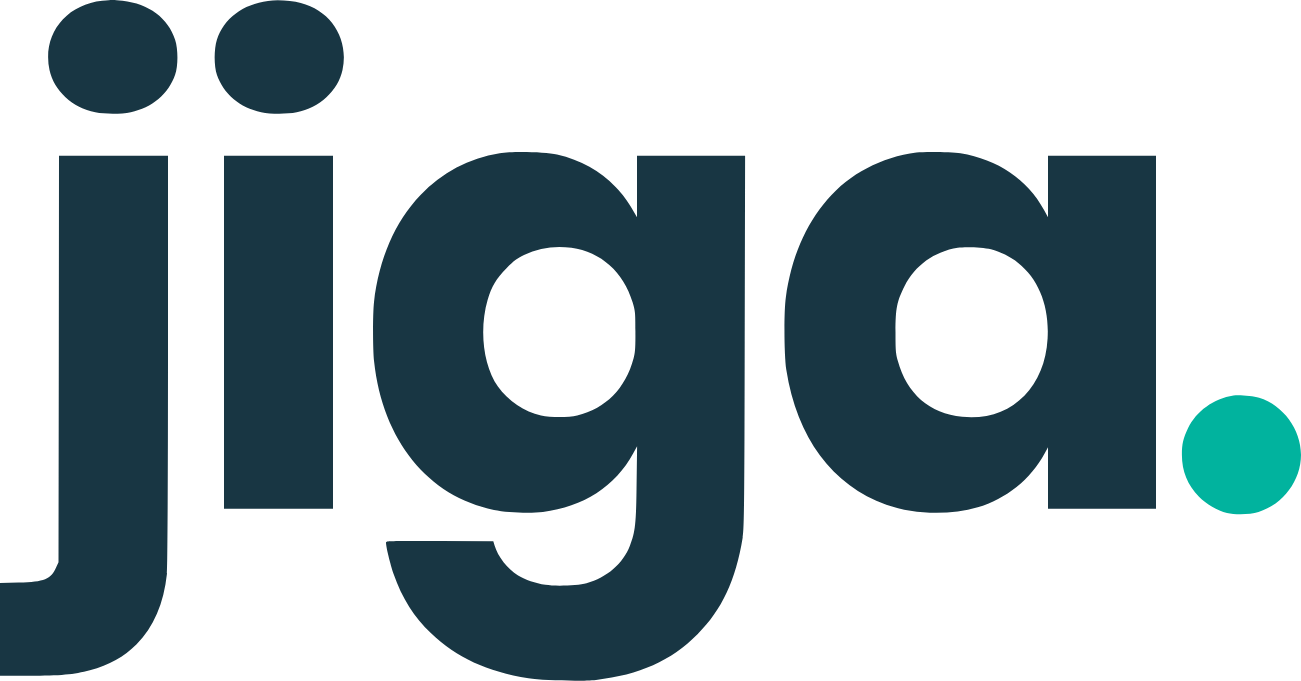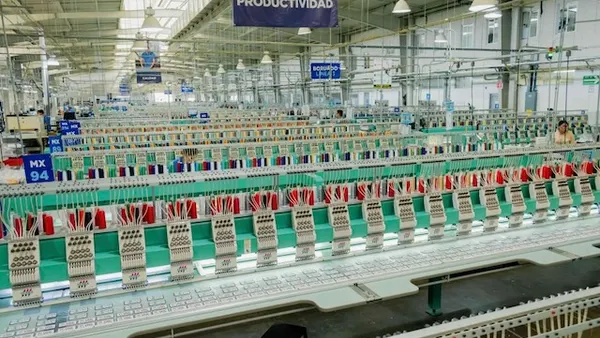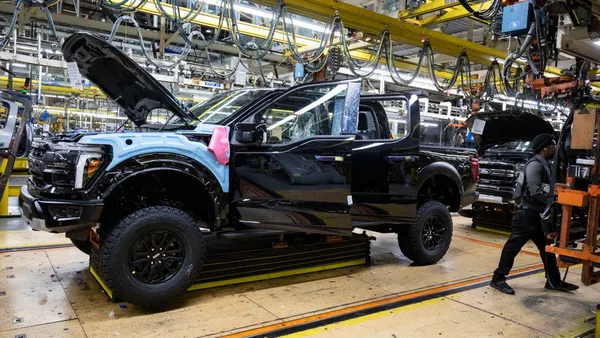Stronger production and inventory activity drove an improvement in U.S. manufacturing performance last month despite weaker demand, tariff uncertainty and inflation continuing to weigh on companies, according to the Institute for Supply Management’s June Purchasing Managers’ Index.
The ISM’s index registered 49% in June, up 0.5 percentage points compared to the month prior. A PMI reading below 50% indicates the industry is in contraction.
Production recovered to 50.3% after four months of contraction, rising 4.9 percentage points from May. Additionally, inventories improved to 49.2%, up 2.5 percentage points from the previous month following a cargo surge ahead of the expected return of the Trump administration’s country-specific reciprocal tariffs in July. As supplier deliveries slowed, there was improved performance clearing goods through ports of entry, the report said.
Despite overall manufacturing activity improvement in June, demand remains weak in the face of trade uncertainty and increased prices, Susan Spence, chair of the institute’s Manufacturing Business Survey Committee, said on a call Tuesday morning.
“The biggest issue on our panelists' minds continues to be the effect of tariffs on their supply chain and their cost structure,” Spence said.
Demand indicators such as new orders, backlog orders and new export orders continued to decline month over month in June as prices increased, according to the index report. Meanwhile, employment remained in contraction mode for the fifth-straight month as layoffs plague the sector.
In terms of overall sentiment, for every positive comment from survey participants in last month’s report, 11 were negative, Spence said. That is up significantly from last month, when the ratio was about one to five, she added.
“We feel the fatigue continues with the tariff and whiplash uncertainty that we have,” Spence said.
Comparatively, S&P Global’s U.S. manufacturing index was more upbeat at 52.9%, its highest reading since May 2022. Upturns in output and sustained orders spurred employment growth and improved sentiment, per Chris Williamson, chief business economist at S&P Global Market Intelligence. However, tariffs and inflation continue to lead manufacturers to pass increased costs on to customers.
“The big question of course is whether this merely results in a short-term change in the price level rather than a more worrying return of stubborn inflation,” Williamson said in prepared comments.
Business confidence has improved since a low point in April, Williamson said, but he added that “many firms remain cautious as they await news of trade deals as the deadline for paused tariffs draws closer.”
















